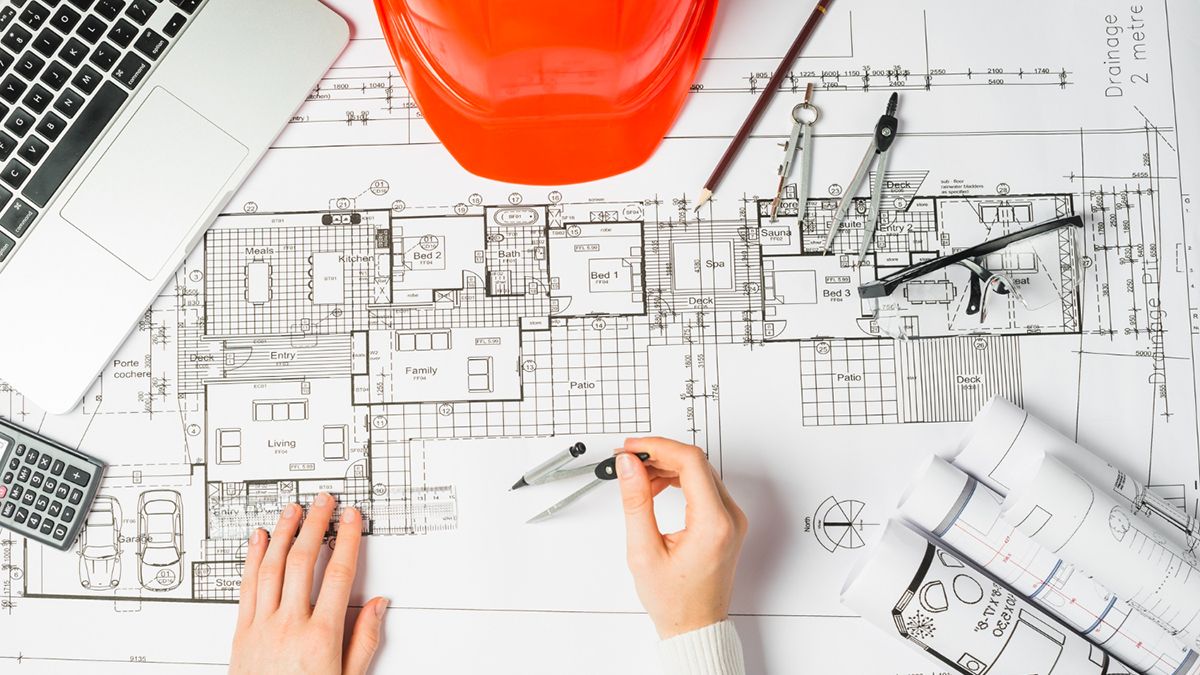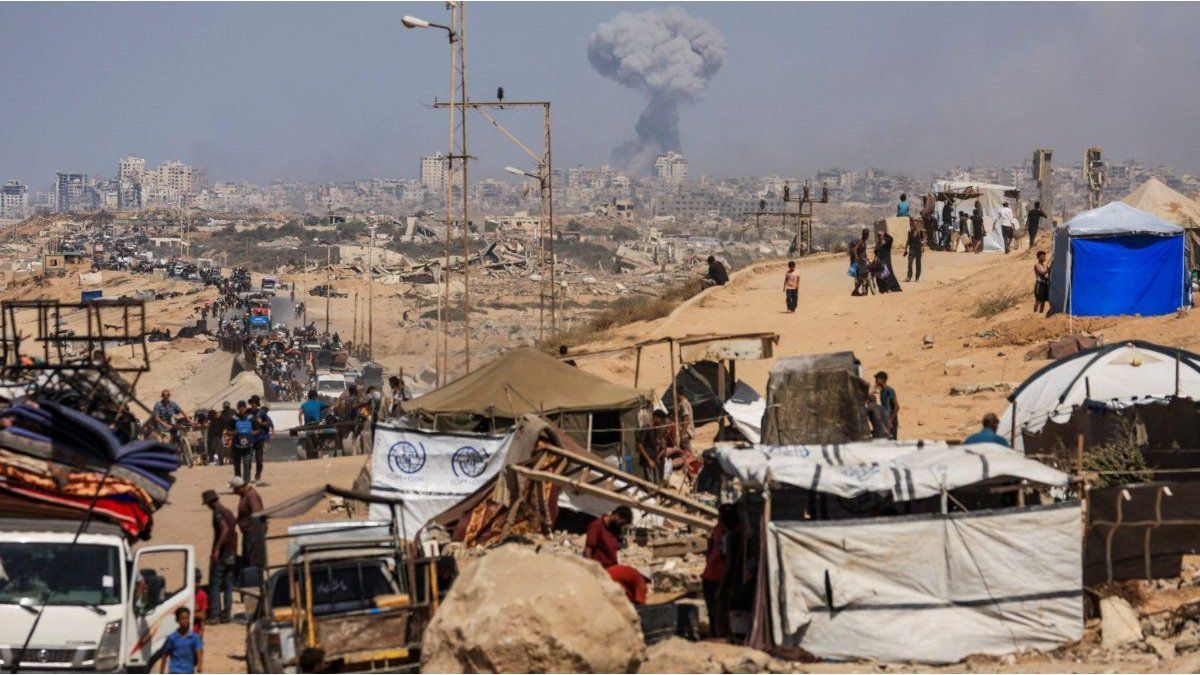In recent days the Association of Private Construction Developers (APPCU) disclosed the number of dependent jobs in the sector of constructiona figure that marked a new high so far this year.
The number of visitors exceeded 55,000 jobs In construction (employees on site), some 1,200 fewer jobs than in the same month last year, when some important investments linked to construction were still being developed. UPM 2 (plant, railway). The boost that housing construction has given to employment in construction is notable. This is despite the fact that in some areas of the market there are some signs of oversupply, which could slow down some investments and extend (in some cases) the placement deadlines.
Of course, every real estate market has its own particularities. In the east of the country, the latest data indicate that it remains firm and with unprecedented dollar values, especially on the first line of the coastal strip in East Point and surroundings. This is helped by the fact that in Argentina -although it is a very volatile scenario with uncertainties- there is an increase in prices in dollars, which means that in relative prices Uruguay has come closer.
Construction employment
There are investments from local Uruguayan capital, and there is also the interest of Argentines and investors from other countries. In the case of the Argentines, their role goes beyond the East zone, and they have been key to the expansion of the Uruguayan real estate market. And everything indicates that this dynamism will be maintained despite the new money laundering that the government has opened Javier MileiThis whitewashing would seem to have less dynamic than the one that the government once arranged. Mauricio Macriwhich ended in fiasco when the conditions promised for investments that returned to Argentina were reversed. He who was burned by milk sees the cow and cries. This new whitewash, although it hopes to have a good result, has a different scope. So Argentine real estate investment will continue to view Uruguay as an important market.
In Montevideo There are several projects with Argentine capital that have been implemented, some of which are from provincial groups (from Santa Fe either Cordova). Each one is a small boost to the economy and the investment; together, they move the needle.
Most of these investments (not all) are made within the framework of the Promoted Housing Programwhich exempts construction in certain areas from taxes. The plan has been a recognized success, especially after the restrictions imposed at the end of the previous government were lifted, when price caps and other restrictive conditions were imposed, such as allocating a percentage of the units built to social plans. Promoted Housing (new housing) is being acquired by the middle or upper middle class, but it is also expanding the rental offer, which has a broad social reach. It improves the urban density in neighborhoods that have all the services and were underutilized or underestimated.
No more: when traveling Cord, Rodó Park, The Whitewashedyou can see how many areas have been revitalized and behind them the trade and activity. Of course, these are not automatic or absolute issues: lifestyles are changing a lot and very quickly, and real estate developers often take a big risk when they have to innovate to build in a “new” neighborhood.
Without going any further, large investments that have been made in the western part of Montevideo, where the shortage of new housing is noticeable, have found a market quite different from that expected, in which – contrary to what happens in the aforementioned Cordón or Parque Rodó, where there is more demand for studios and small apartments – in the west there has been a greater demand from families looking for larger apartments, with three bedrooms, more modern and with more services. Studio apartments are more difficult to place there. Taking this trend into account, investments with larger units are coming to that area. These cases cannot be generalized, but they reflect the interesting dynamics of a real estate market that is changing in Montevideo. So much so that at the level of construction entrepreneurs, they are studying how to modify and improve the Promoted Housing Program, to continue promoting investment and improving the city.
At the same time, prices in real terms have fallen and the situation has improved a lot. wage/rent ratio and salary/housingmaking them more accessible to workers. In Montevideo, 10% less salary is needed to maintain a rent (taking the averages of both variables). Of course, this market of commercial developments and developers does not work alone; in popular housing, the market is still very active. cooperativismwhich is adding projects and -of course- also moving employment in construction.
In all this movement, the departmental government has a key role to play, improving infrastructure and public spaces. The municipality is making a significant investment in lighting, which is changing the face of many places. But more investment is needed to improve public spaces, both those already established and to energize new ones. These investments are multiplied in the real estate value of the surroundings, with benefit for the municipal revenue itself. The experience of the Liber Seregni Square and others, like what is being sought in the former Model Marketare good examples. New apartment buildings are being built near the square, including some by Argentine investors.
It is an approach that should be incorporated, for example, in the discussion that is taking place regarding the fate of the property of the former Faculty of Veterinary Medicine (Diving)), which the University of the Republic intends to develop. The need to capitalize on this by Udelar is understood, but it is also an opportunity for Montevideo to add another green space for enjoyment and recreation (it needs it) and to call for greater real estate investment in its surroundings, made with reasonable criteria and of high value. As simple and complex as that.
Source: Ambito




